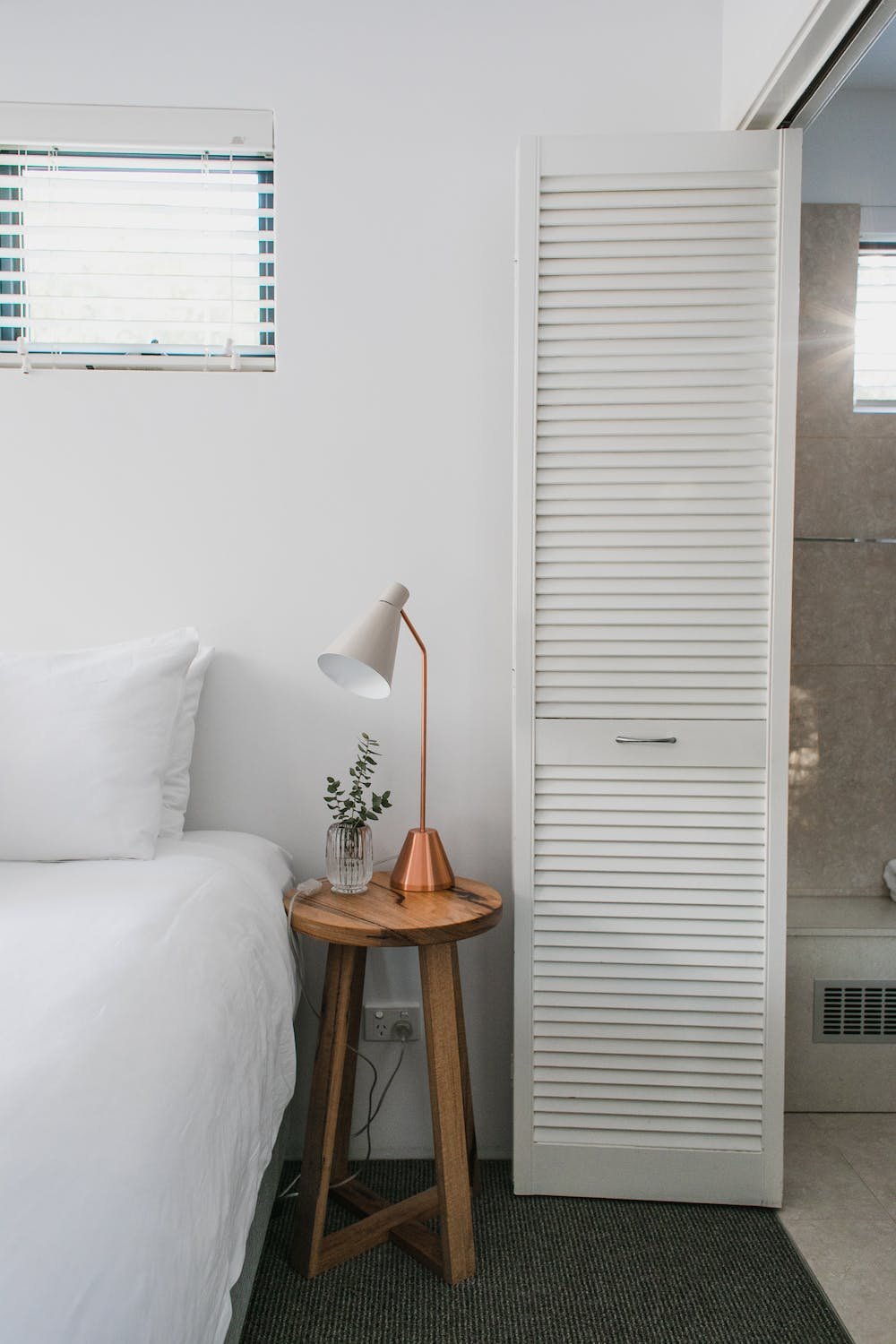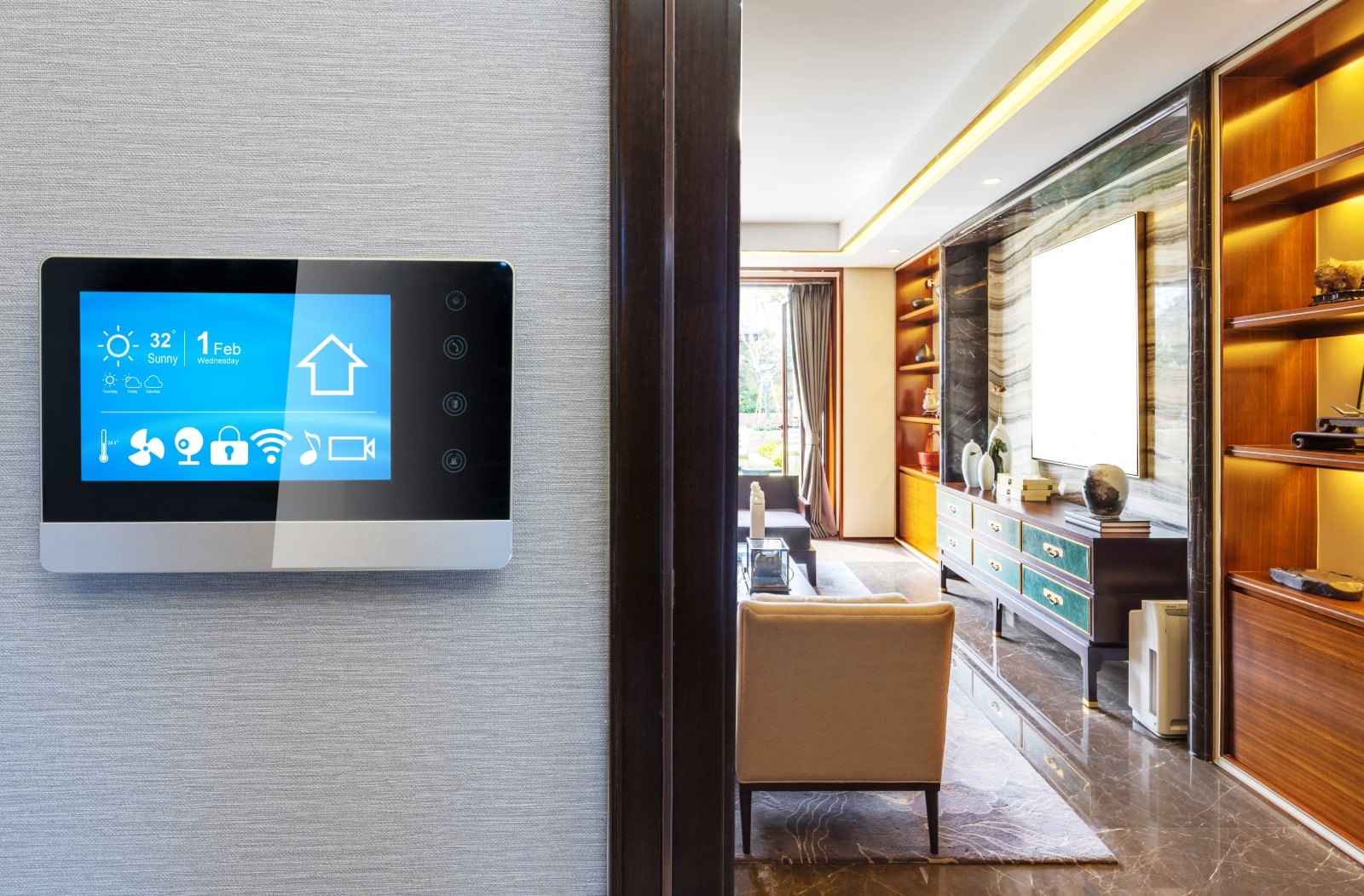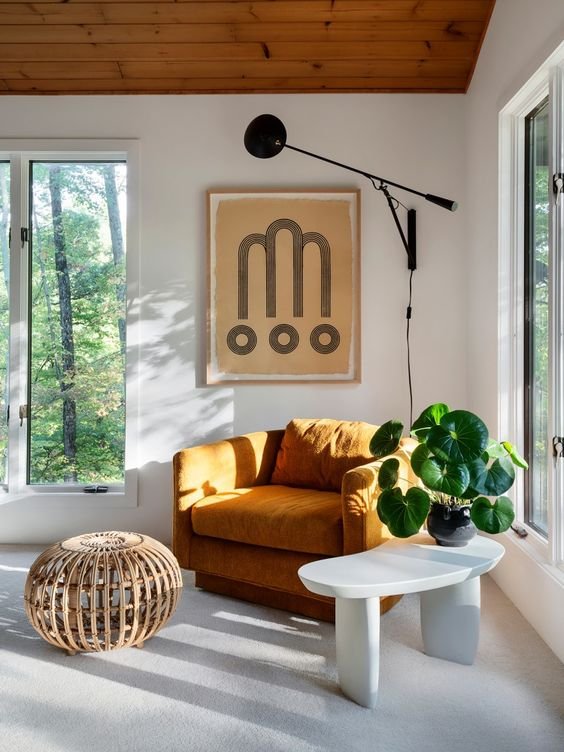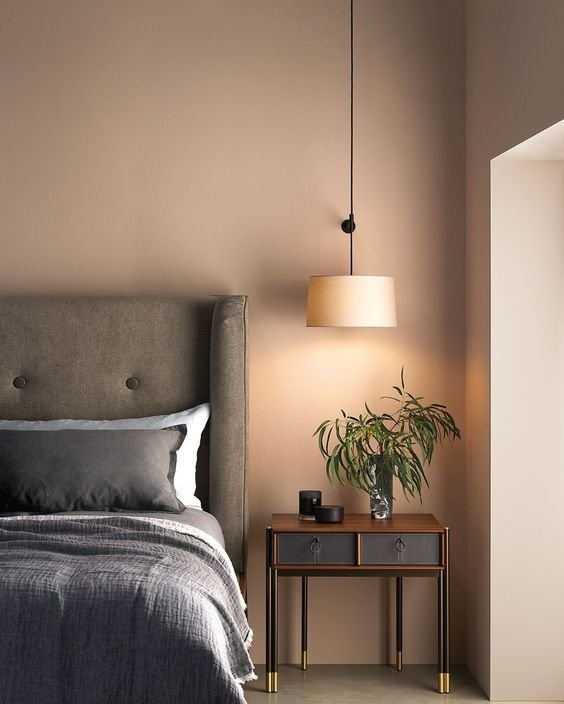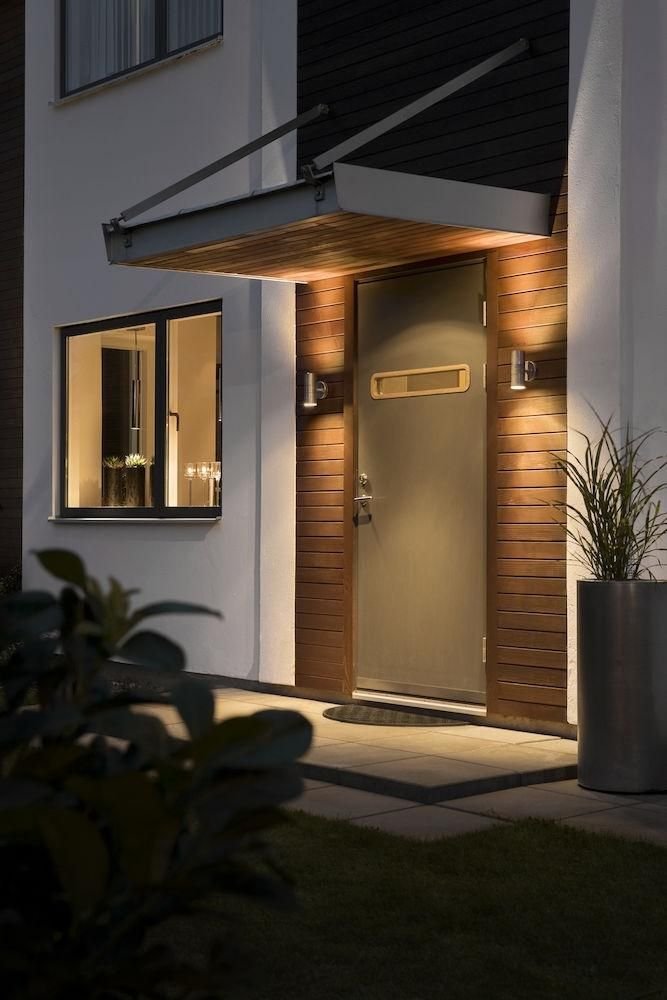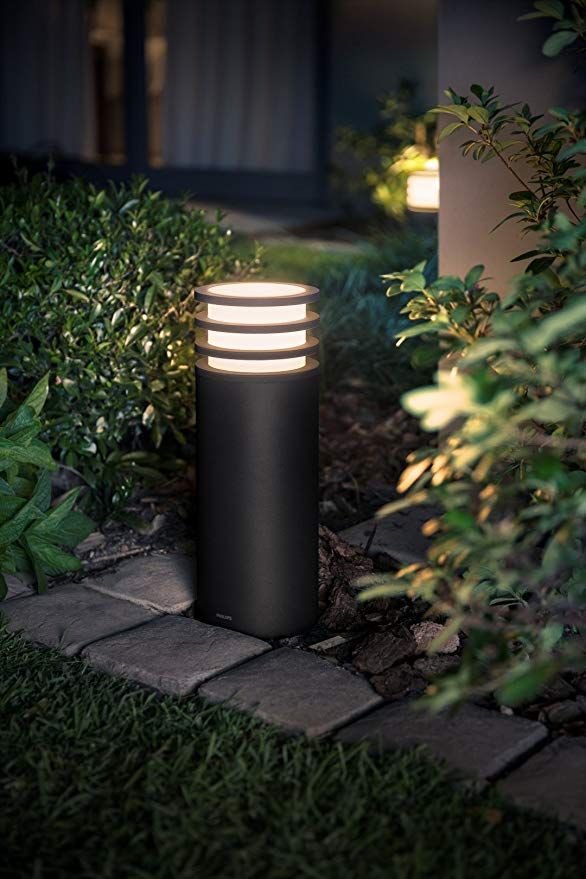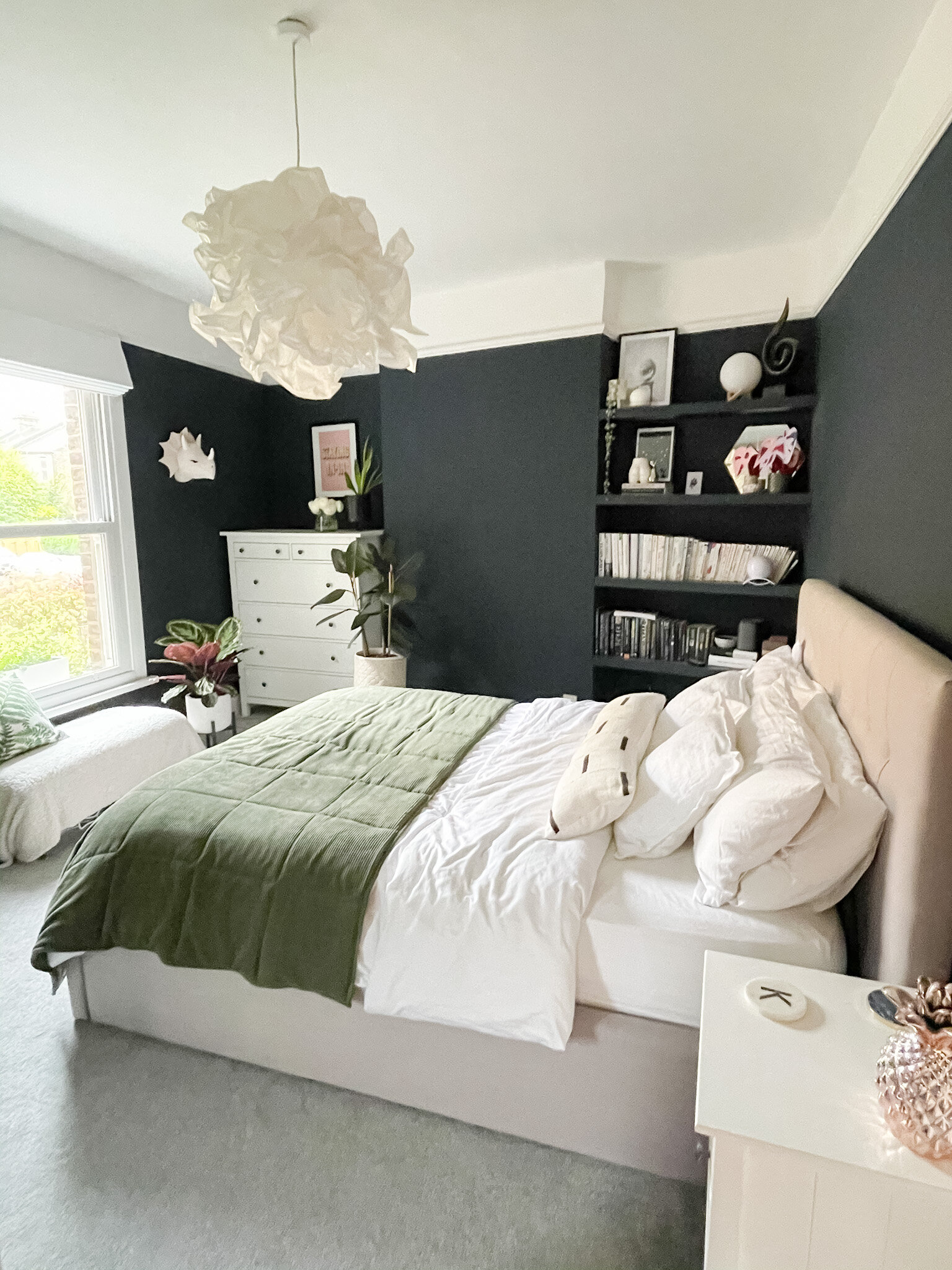How to use smart lighting in your home
Lighting is an essential part of interior design, because it can significantly influence the functionality and mood of a space - the right lighting can turn an unwelcoming or cold room into a cosy and inviting one.
With the increasing popularity of smart home technology, in particular smart lighting, it’s easier than ever to control and change your lighting based on your needs. Here’s how to integrate smart lighting to improve the ambience and functionality of your home.
Choose smart bulbs
The beauty of smart lighting is that you don’t need to rewire your home, it’s just a case of updating your bulbs to smart ones. Phillips Hue is generally considered one of the best options, with bulbs that are compatible with your existing light fittings and controllable features like colour, temperature and dim level.
Install a smart home hub
Source: Engadget
To get the most out of smart lighting you’ll want multiple bulbs across multiple spaces, so you need a central device to control them together. A smart hub is a central device which connects all of your smart lights (and any other devices) allowing you to control them all in one place.
Create lighting scenes
Source: Domino
Source: House and Home
Lighting needs to be adjusted according to different activities and moods. For example - turning off the ‘big light’ in the living room and switching on the side lamps for a cosy evening atmosphere, or using bright lighting in the kitchen in the morning to help you energise and get ready for the day.
With smart lighting, you can program different scenes based on activities and have these switch on at the touch of a button, rather than walking round and adjusting all of the lights. Here’s a couple of ideas for lighting scenes:
Reading scene - have accent lighting on at a low level, and task lighting (a floor lamp above your armchair) on at a bright and warm temperature
Cosy evening scene - switch off your overhead light and turn on accent lighting and low level lamps, at a warm temperature
Getting ready for bed scene - switch on bedside wall lights or table lamps, with the brightness turned down
Dinner scene - turn off spotlights and turn on pendant lights and under-cabinet lighting
Morning coffee scene - turn on spotlights with a warm tone, and turn on in-cabinet and under-cabinet lighting to highlight mugs
Set timers and schedules
Source: Hux London
Source: Lumison Lighting
To build on the idea of lighting scenes, you can also use smart lighting to control when they come on and off, rather than controlling this yourself. You can even set your lighting to track sunrise and sunset - have your bedside lights gradually turn on until sunrise, or switch on your cosy evening scheme automatically at sunset. The additional benefit of this is that your lights are only on when you need them - saving energy.
Integrate with Amazon Alexa or Google Home
If you have an Alexa or a Google Home, you’ll be used to using voice commands. If you use a smart lighting system which is compatible with one of these, then you can also control your lighting using voice commands. Use voice commands to turn lights on or off, change the brightness or colour, or switch from one lighting scene to another.
Consider a smart ecosystem
Source: WT Lighting
Source: Phillips Hue
Once you’ve integrated smart lighting into your home, there’s other smart features which you can integrate with to create a smart ecosystem in your home. For example, security features - while you’re away, have your internal lights switch on when motion is detected outside to give the impression of an occupied home. Or use geolocation tracking, and have your lights switch on as you arrive home to welcome you, and turn off when you leave. The possibilities are endless…!
If you’d like my help with your next project, check out my services to see how we can work together. If you’ve enjoyed this blog, don’t forget to subscribe at the bottom of this page to receive my new post in your inbox every Sunday.


